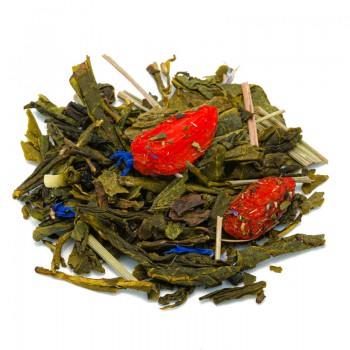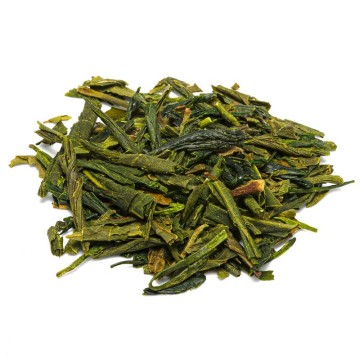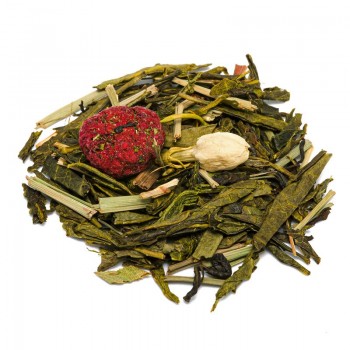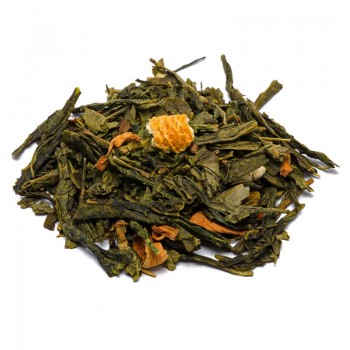This infusion reveals its particular taste at the first sip, combining the sweet of almonds with that of Sencha green tea. Other nuances of character of white tea, cinnamon and coconut, create a blend that is harmonious in its intensity.
Properties and benefits:
When the benefits of tea and those of the almond are combined, an infusion full of beneficial virtues comes out.
Almonds represent a natural source of antioxidants and vitamin E, and for this reason they are considered precious allies against free radicals and cellular ageing.
They also have draining effects, which combine with those of green tea, for a useful action for those following a slimming and purifying diet.
To this end, the almond's properties to avoid blood sugar swings after meals also help our well-being. In fact, almonds are included in various low-calorie diets. Also due to the fact that the consumption of almonds decreases the sense of hunger, as a snack.
The satiating effect seems to arise from the fact that almonds contain more protein and fiber than other nuts (elements that reduce the desire for food).
Like dried fruit, they integrate various mineral salts into our body, rebalancing some deficiency conditions. They are rich in magnesium, iron, zinc, manganese, copper and potassium.
They also have protective qualities of the gastric walls and digestive system, which together with tea facilitate digestive and intestinal transit.
Furthermore, almonds are rich in monounsaturated vegetable fats useful for heart health, and in proteins beneficial for various body functions.
By enhancing the beneficial properties of green tea, almond pieces create a delicious and invigorating infusion.
Green tea is considered among the healthiest of all teas, due to its antioxidant content. For this reason, its popularity throughout the world is very high, and it is often combined with other healthy ingredients.
For our well-being, green tea can strengthen the immune system thanks to its high concentration of antioxidants, while helping to have a detox effect.< /p>
It helps eliminate toxins, regulating the sugar level and facilitating diuresis. If consumed together with almonds, the tea acts in harmony due to the purifying effect on the body. An aspect that also favors less risk of high blood pressure.
For a correct diet, green tea increases the metabolism, thanks to some polyphenols, in particular epigallocatechin gallate (EGCG). These elements can intensify fat oxidation levels and the rate at which the body converts food into calories.
Joined with almonds, green tea helps regulate glucose levels, slowing down the rise in blood sugar after eating. A favorable aspect for those who want to avoid high insulin peaks as well as fat accumulation.
We also know that green tea contains a high concentration of L-theanine, an amino acid that works in synergy with theine (caffeine), to provide constant energy but without resulting in the nervousness typical of coffee. For this, green tea is a suitable food for energy and attention, without causing feelings of agitation or raising blood pressure.
Theanine, naturally present in tea leaves, can also facilitate a good effect on mood.
In this blend, green tea is a Sencha with a delicate and fragrant flavor, which combines harmoniously with almonds and coconut.
This green tea with its almond intake is also enhanced by coconut, cinnamon and Pai Mu Tan white tea inserts. This tea, very rich in antioxidants, increases the relaxing content of theanine in the blend, further aiding digestion.
Discover this sweet mix, sometimes called "almond biscuit".
Origins and History of cultivation
The history of green tea is complex, and different legends abound about the discovery of the green variety. A check over time, however, has determined that the tea more than five percentyears ago.
According to some mythologies, a man ate a leaf and realized how delicious it would be immersed in water. However, we know from documents that the most important book on tea was written in China in 600 AD, the Cha Jing. Author Lu Yu talked about how the drink was made and how it should be served.
These stories spoke of green tea, because initially this was the natural variety.
Green tea is made from the leaves of the Camellia sinensis plant, steeped in hot water. The leaves do not undergo the modern oxidation process, and tea in its most natural form is still today a version appreciated all over the world.
Over the centuries, different varieties of green tea have been introduced, with ever-increasing transformations and discoveries. For example, in the 17th century, black tea was a fermented version of green tea, while oolong tea was a semi-fermented tea. The white tea, present in this infusion, undergoes only minimal processing and limited oxidation: it maintains the highest level of antioxidants, even compared to green tea.
For some centuries black tea was consumed much more, also thanks to international trade, while green tea remained highly appreciated especially in the East.
The Japanese have contributed a lot to the diffusion of green tea, proposing different forms of infusion and tea leaves. Tea ceremonies are widespread in Asia, and the presentation of this infusion becomes an art form.
This blend also offers another important ingredient, such as almonds.
Almonds have been appreciated for centuries by civilizations all over the world, first of all in the Mediterranean area. Already mentioned in the Bible, and then in Greek mythology, they were mentioned in ancient medical texts as healthy foods.
They were elevated to auspicious fruits in ancient Rome. The bride and groom were sprinkled with almonds, considered a lucky charm for fertility (since then the almond sugared almonds have continued the tradition).
In the Middle Ages, almonds traveled along the Silk Road to China, while in the 1700s they arrived in North America via the Franciscan fathers. They brought the almond tree to a damp and cold climate, which blocked cultivation until the following century. In the twentieth century, the almond was by now a widespread fruit almost all over the world, and there are many varieties grown today.
Almonds can be eaten raw, blanched or roasted. They are commonly used in confectionery, especially to make marzipan, a paste for sweets and candies. In Asia, almonds are often used to flavor second courses of meat, fish and vegetables.
Plant and flowers
Tea leaves come from the Camellia Sinensis plant (also called Thea sinensis) belonging to the Theaceae family. It is an evergreen plant native to East Asia, its genus comprising about 250 species of trees and shrubs.
Even if the plant can reach 9 meters in height, it is usually grown smaller, to facilitate harvesting. The low bush of Camellia sinensis is pruned often, to encourage the development of new tea leaves.
The tea flowers are fragrant, yellow and about 4 cm wide.
The almond tree, from which the edible seeds derive, is the Prunus dulcis, native to south-western Asia. It is a member of the Rosaceae family and is grown primarily in Mediterranean climates and in California.
It reaches a height of up to 3-4 meters, it is known for beautiful light pink or white fragrant flowers. It flowers from the end of January to the beginning of April in the Northern hemisphere.
The fruit is a drupe that looks like a peach; when it matures the outer covering opens and lets the stone out. Almonds are not real nuts (dried fruit), but seeds enclosed in a hard fruit.
There are two varieties: the sweet almond (Prunus dulcis variety dulcis) and the bitter almond (Prunus dulcis variety amara).
Sweet almonds are edible ones, consumed as nuts in cooking or as a source of oil or almond flour.
Bitter almond oil is used for the production of aromatic extracts and liqueurs.
Nutritional values of green tea with roasted almonds
Green tea contains polyphenol antioxidants, including EGCG (Epigallocatechin gallate).
Makes available methylxanthines (caffeine, theobromine, theophylline), vitamin C and B vitamins (thiamine, riboflavin, niacin).
Almonds provide the tea with low carbohydrates, fiber, protein and monounsaturated fat, vitamin A and a good source of vitamin E.
Both tea and almonds make mineral salts such as potassium, iron, magnesium, zinc, manganese and copper available in the infusion.
How to use almond green tea in herbal tea
Green tea with roasted almonds is obtained by placing in a cup (250 ml), about 3-5 grams of the mixture with water at 80 °C.
Leave it to infuse for 2 to 3 minutes before drinking this green tea.
Add honey or sugar as desired.
Green tea: side effects and contraindications
Green tea provides significant benefits, but can cause some side effects if the recommended doses are not respected.
The content of theine (caffeine) can give rise to disturbances if taken in excessive quantities, causing nervousness, anxiety, insomnia, rapid heartbeat.
In addition, green tea could affect the functioning of the thyroid gland in high doses. Or cause liver fatigue. For this, it is advisable to consult a specialist in case of chronic pathologies related to metabolism, liver and kidneys.
The almond element should be considered in its potential effects, because an excess of fiber can cause constipation and bloating in the digestive system. Also, almonds are high in oxalates, which can cause kidney stones. Therefore, if you suffer from this pathology, it is better to moderate your intake of almonds.
Those who show allergic reactions to nuts and dried fruit should be careful with almonds and, in severe cases, avoid them. In case of allergy, they can cause side effects such as swelling in the mouth, dyspnoea and skin rashes.
Caution is advised for any known allergies in the ingredients of the infusion (almonds, coconut and cinnamon), and for pregnant and breastfeeding women .

![green tea roasted almond [Natura d'Oriente] green tea roasted almond [Natura d'Oriente]](https://www.naturadoriente.com/3366-large_default/green-tea-with-roasted-almonds.jpg)


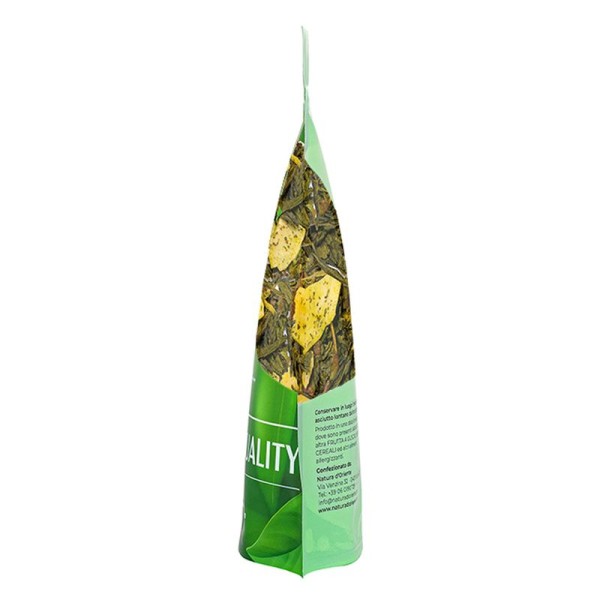
![green tea roasted almond [Natura d'Oriente] green tea roasted almond [Natura d'Oriente]](https://www.naturadoriente.com/3366-home_default/green-tea-with-roasted-almonds.jpg)



 No reward points for this product.
No reward points for this product.
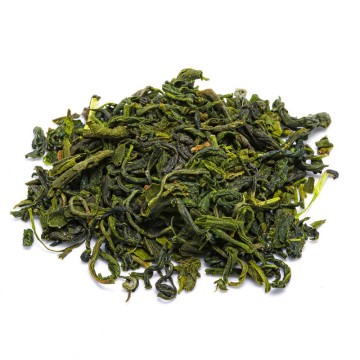
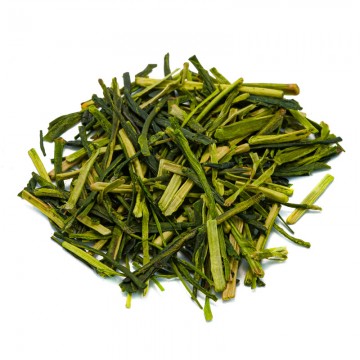
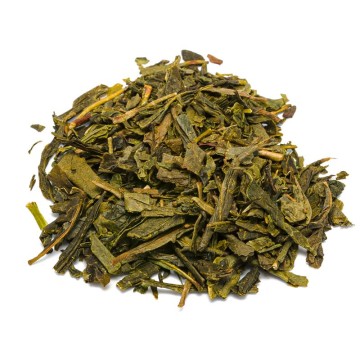
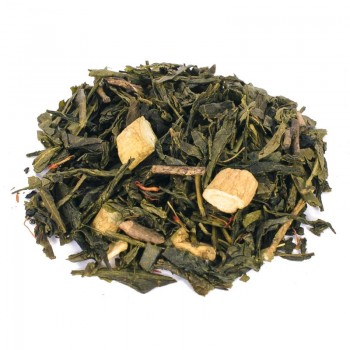
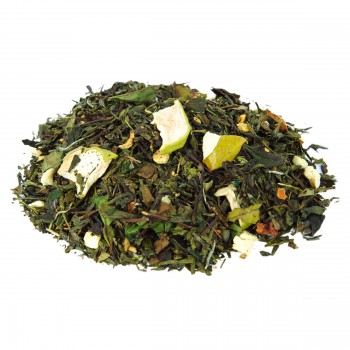
![Ginseng and ginger green tea [Natura d'Oriente]](https://www.naturadoriente.com/3367-home_default/Green-tea-ginseng-ginger.jpg)
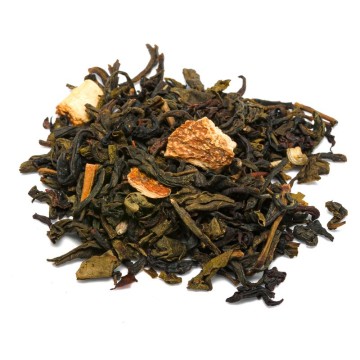
![Green Tea Sencha Kombucha [Natura d'Oriente]](https://www.naturadoriente.com/3380-home_default/-green-tea-sencha-kombucha-.jpg)
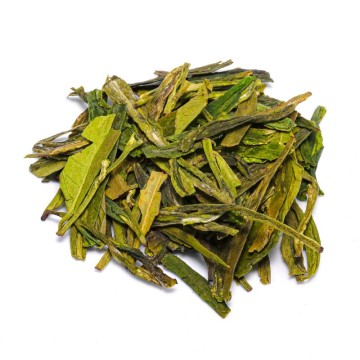
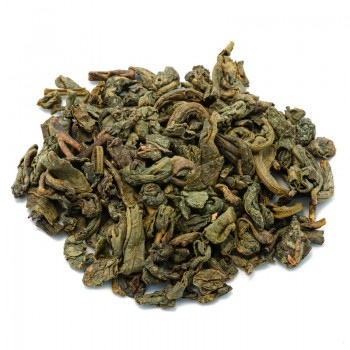
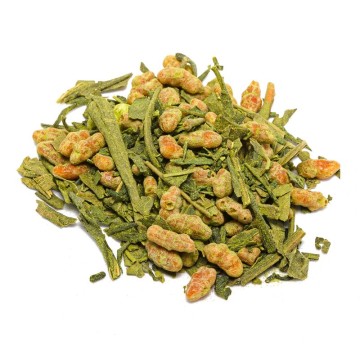
![Green Tea Choui Fong Tea [Natura d'Oriente]](https://www.naturadoriente.com/3379-home_default/green-tea-choui-fong-tea.jpg)
